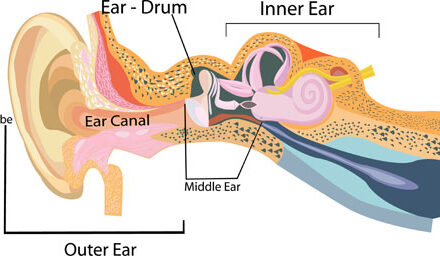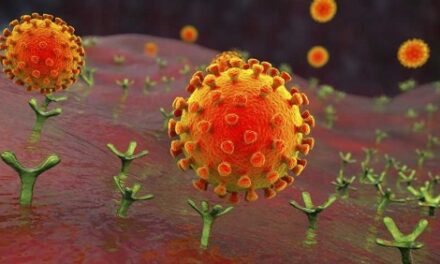BOSTON–(Newswise)–Among high school girls ages 14-18, those who report and act on body image misperceptions are more likely to have had at least one drink in their life, and more likely to have engaged in episodes of heavy drinking than girls of the same age without body image misperceptions, a new study has found.
In the study, published in the January 2017 Journal of Studies on Alcohol and Drugs, researchers sought to identify whether having a body image behavioral misperception (BIBM)—trying to lose, maintain or gain weight when there is no medical need to do so based on self-reported weight status—is associated with an increased odds of ever having had alcohol, current alcohol use or episodic heavy drinking (five or more alcoholic beverages within a couple hours).
“Negative self-image can lead to negative behaviors. Body image and behavioral misperception occurs when actions are taken based on a perceived weight status or body image,” said senior study author Margie Skeer, Sc.D., M.P.H., M.S.W., assistant professor of public health and community medicine at Tufts University School of Medicine. “We found significant relationships between this misperception and reporting ever having had alcohol, as well as reporting episodic heavy drinking among high school girls. Paying attention to this behavior in this population could help identify factors supporting the relationship between this misperception and drinking, as well as other risk behaviors, beyond high school.”
The study comes at a time when alcohol is the most commonly used—and misused—drug among adolescents in the United States, according to the U.S. Department of Health and Human Services. It is also a time when dieting culture is omnipresent throughout American society. For adolescents, the two go hand-in-hand: weight-loss behavior has been associated with substance abuse.
The researchers analyzed data from the 2013 National Youth Risk Behavior Surveillance System, a national, school-based survey conducted by the Centers for Disease Control and Prevention. Of the 6,579 female students ages 14-18+, 37.5 percent reported having a BIBM; 67.7 percent of the girls had had at least one drink in their lifetime; and 17.8 percent had episodes of heavy drinking in the past 30 days.
Among high school girls with a BIBM, the odds of ever having had alcohol was 1.21 times greater than among girls who did not have a BIBM. When considering additional variables, the odds of alcohol use increased to 1.29 times among girls with BIBM; factors that increased the odds of alcohol use included being in 10th, 11th or 12th grade compared with being in 9th grade; identifying as Hispanic or Latina compared with identifying as white; being sexually active before age 13 compared with girls who were not; and cigarette smoking in the past 30 days compared with those who did not.
Looking at episodic heavy drinking, the researchers found that girls who had a BIBM had a 1.22 times greater odds of having five or more alcoholic beverages in a short period of time compared with girls who did not have a BIBM. Additional factors that increased the likelihood of heavy alcohol use included being in 12th grade, reporting depressive symptoms and smoking cigarettes in the last 30 days. Girls who had a BIBM and identified as black or African American as compared to white or other races and ethnicities were associated with decreased odds of episodic heavy drinking.
“We are beginning to understand how the relationship between BIBM and alcohol use is manifesting. Next up is to figure out when the relationship is developing and what is further driving it,” said first and corresponding author Anna Schlissel, M.P.H. Schlissel was a student in the Masters of Public Health program at Tufts University School of Medicine when the work was conducted and is now a principal research analyst at the independent research organization NORC at the University of Chicago. “Further longitudinal research examining excess alcohol use as a coping mechanism or as a way to gain or lose weight, as well as underlying risk factors in childhood, may shed more light on this relationship.”
The authors note that the self-reporting nature of the 2013 Youth Risk Behavioral Study is a significant limitation of the study. In addition, the authors acknowledge that “it is not possible to conclude whether the respondents are using alcohol as a weight change mechanism or as a technique to feel more socially accepted and more comfortable with themselves.”
An additional author on this study is Taylor T. Schwartz, M.P.H. He was a student in the Masters of Public Health program at Tufts University School of Medicine when the work was conducted and is now a research data analyst at University of California, San Francisco.
No external funding contributed to this research.







